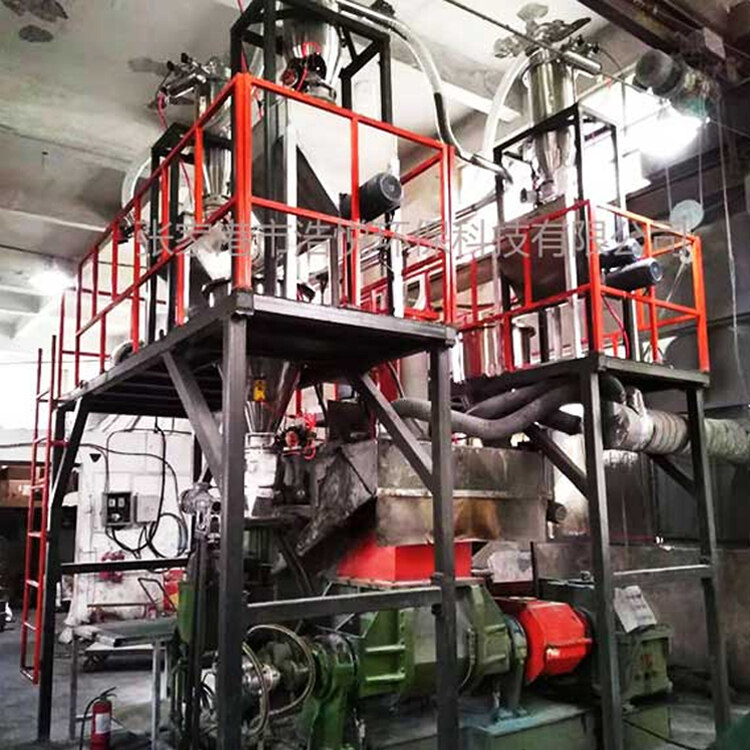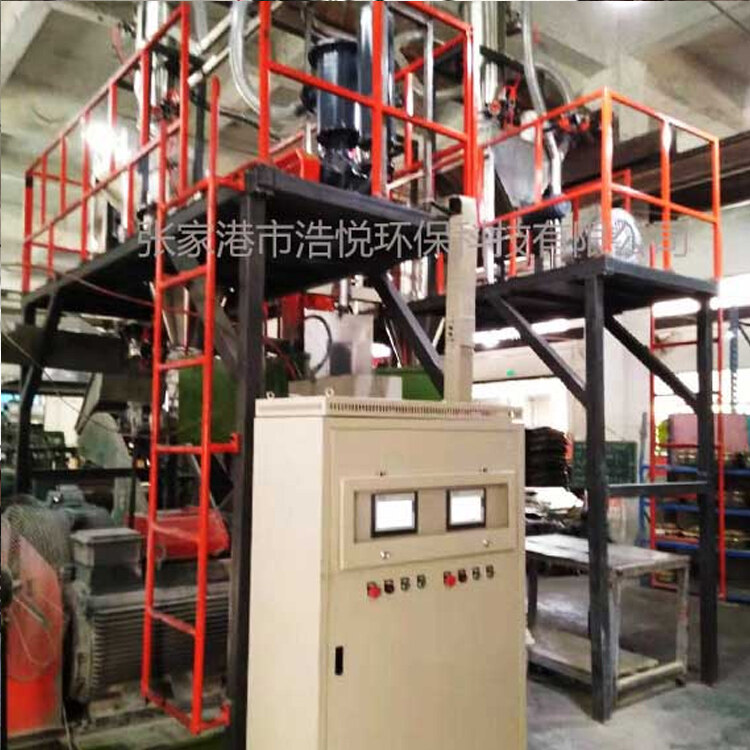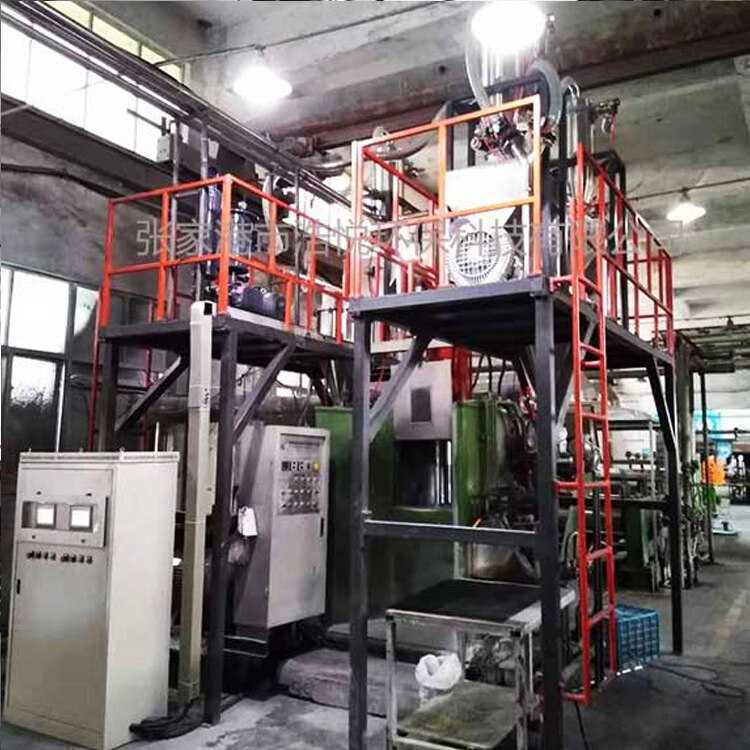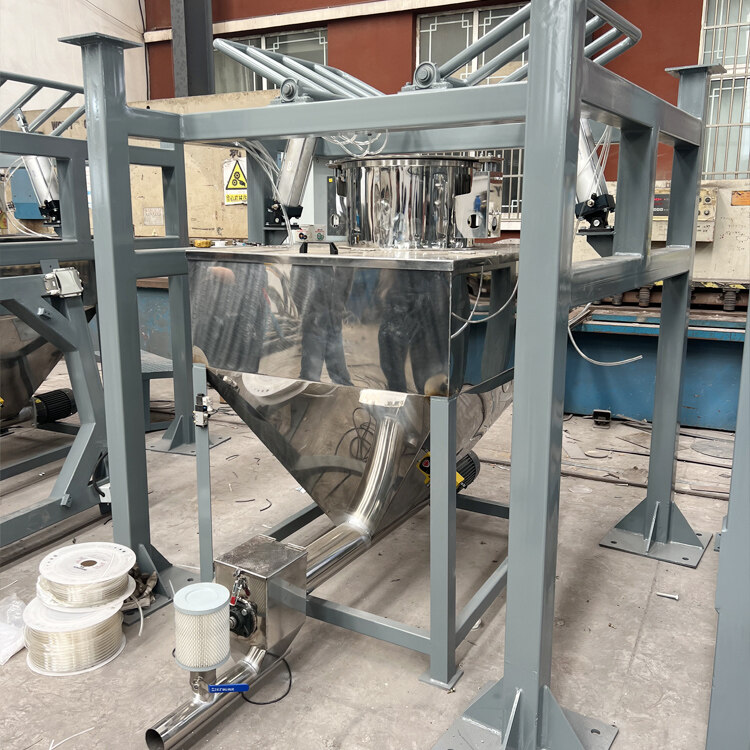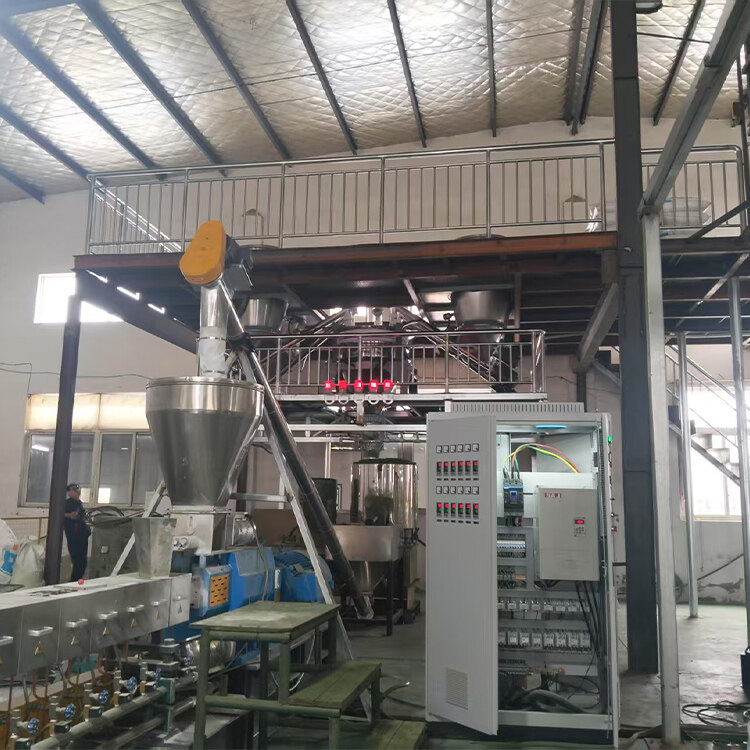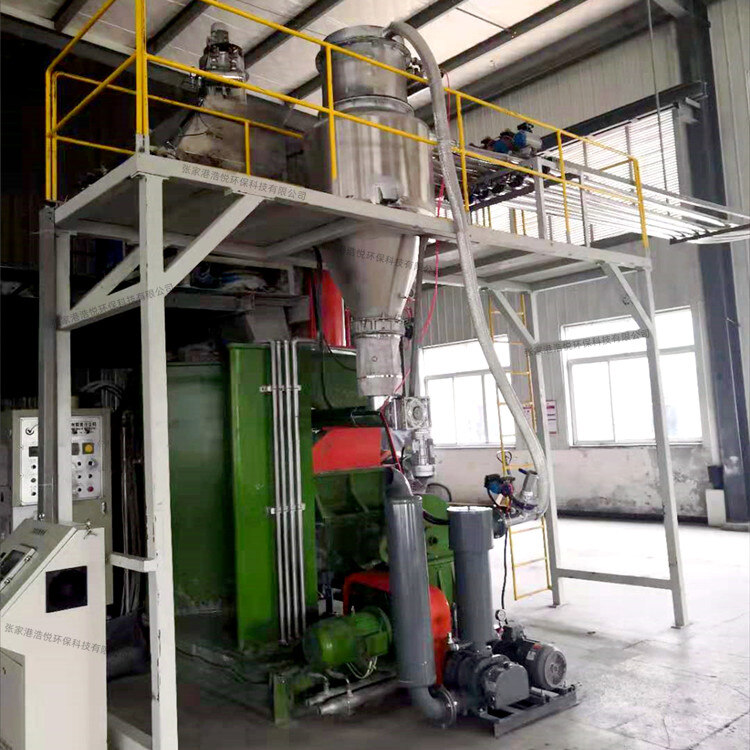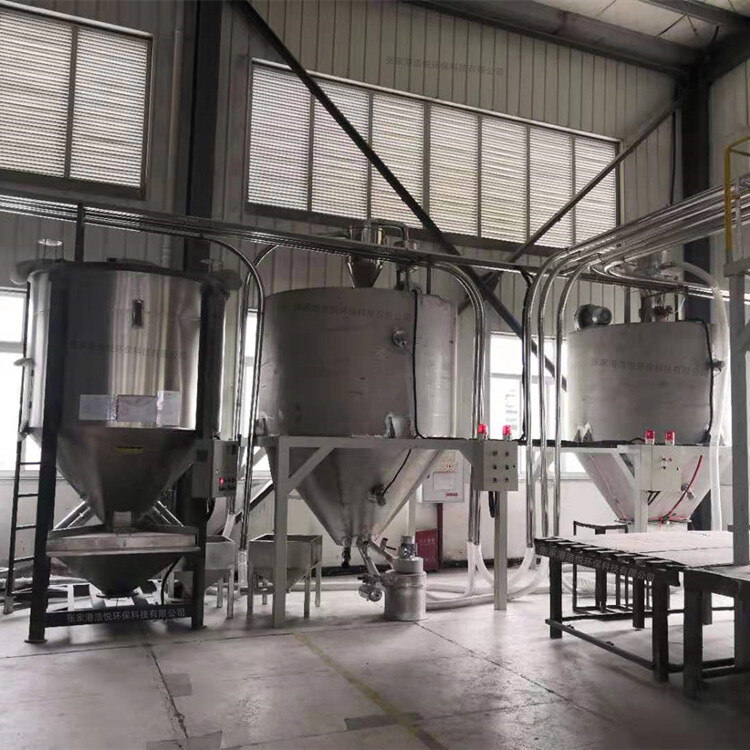- Introduction to automatic batching machine and fully automatic batching machine equipment
- The powder metering system tells you about the introduction of the mixing and drying machine
- 1000kg vacuum feeding machine
- Fully automatic small material batching system
- Research on Innovation of Automatic Weighing Machine Technology
- Design and operation of automatic batching system using PLC, industrial computer and frequency converter
Automatic metering system
- Category:Automatic metering and conveying equipment
- Hits:133次
- Release Date:2025-06-27
- Share:
- Inquiry
- Details
In the era of Industry 4.0 and intelligent manufacturing, automatic measurement systems have become a key technology to ensure production efficiency, product quality, and trade fairness. This system achieves precise measurement and intelligent management of physical quantities by integrating sensor technology, automation control, and data processing technology. It is widely used in industrial production, commercial trade, energy and environmental protection, and promotes the transformation of various industries towards digitization and intelligence.
1、 Definition and Core Principles of Automatic Measurement System
An automatic measurement system is a comprehensive system that automatically measures, calculates, controls, and processes physical quantities such as mass, volume, flow rate, length, temperature, and pressure through the collaborative operation of sensors, controllers, actuators, and data processing units. The core principle is based on the conversion of physical quantities and signal processing, which converts the measured physical parameters into electrical or digital signals, and then calculates the accurate results through algorithms.
Taking quality measurement as an example, common resistance strain type weighing sensors utilize the strain effect. When an object is placed on a weighing platform, the elastic deformation inside the sensor changes the resistance value of the resistance strain gauge, which is converted into a voltage signal through a Wheatstone bridge. After amplification and A/D conversion, the quality is calculated by the control system. In flow measurement, electromagnetic flowmeter is based on the law of electromagnetic induction, and calculates the flow rate by detecting the induced electromotive force generated by the flow of conductive liquid in a magnetic field, with an accuracy of ± 0.5%. These principles all embody the logic of converting physical quantities into electrical signals, laying the foundation for accurate measurement.
2、 Core components and functional modules of the system
(1) Sensor Unit: Perception Layer for Data Collection
Sensors are the key entry points of automatic measurement systems, which can be classified into various types based on the measurement object:
Weighing sensors: including resistance strain gauges, capacitance gauges, piezoelectric gauges, etc. Resistance strain gauges are widely used in material weighing, batching, and other scenarios due to their high stability and accuracy of up to 0.01% FS (full range).
Flow sensors: such as electromagnetic flow meters (suitable for conductive liquids), turbine flow meters (commonly used in petrochemicals), and ultrasonic flow meters (non-contact measurement of large-diameter pipelines).
Displacement and length sensors: Grating rulers and magnetic grating rulers are used for mechanical processing and automated assembly, with a resolution of micrometers to ensure accurate measurement of part dimensions.
Environmental parameter sensors: temperature sensors (thermocouples, thermistors), pressure sensors (piezoresistive, capacitive), used to monitor production environment or process parameters.
(2) Controller unit: the "decision-making center" for system operation
The controller is responsible for receiving sensor signals, performing calculations, analysis, and processing, and issuing control instructions. Common types include:
Programmable Logic Controller (PLC): With high reliability, anti-interference ability, and flexible programming characteristics, it is widely used in industrial automation measurement to achieve logic control, data processing, and equipment linkage.
Industrial Computer (IPC): Suitable for complex algorithms and big data processing scenarios, such as high-precision dynamic weighing systems and intelligent warehouse measurement management, it can integrate artificial intelligence algorithms to optimize measurement strategies.
(3) Execution mechanism unit: the "operating end" for instruction execution
The executing mechanism completes actions based on controller instructions to achieve metrological control. For example, in an automatic batching system, actuators such as electric valves, screw conveyors, and belt scales precisely control the conveying volume based on the calculated material ratio; In the filling system, the cylinder driven filling head precisely controls the injection of liquid based on the measurement results.
(4) Display and Data Processing Unit: The "Information Layer" of Human Computer Interaction
Display measurement results through touch screen and LED display screen, supporting parameter settings and real-time monitoring. The system has data storage, analysis, and transmission functions, which are uploaded to the factory management system (MES) or cloud platform through Ethernet, RS485, and other interfaces, supporting production data statistics, quality traceability, and remote monitoring.
3、 Typical application scenarios and value realization
(1) Industrial production field
Chemical industry: In the production of coatings, rubber, and plastics, automatic metering systems precisely control raw material ratios to ensure stable chemical reactions. In the production of lithium batteries, high-precision weighing and flow measurement control of positive electrode materials and electrolyte input ensure consistent battery performance.
Food and beverage industry: used for quantitative packaging and filling of products, the beverage production line controls the filling volume error within ± 1% through flow meters and weighing sensors; In the production of baked goods, automatic measurement of flour, sugar and other raw materials is used to ensure uniform taste.
Pharmaceutical industry: Strictly following GMP standards, high-precision measurement ensures accurate drug composition, and capsule filling machines use weight detection and automatic exclusion functions to ensure that the drug content of each capsule meets the standard.
(2) In the field of commercial trade
Gas station: The automatic metering system inside the gas dispenser uses flow sensors and electronic controllers to accurately measure the fuel volume and display the amount, ensuring fair transactions.
Logistics warehousing: Electronic weighing scales and automatic sorting and weighing equipment achieve fast and accurate measurement of goods, improve logistics efficiency, and reduce labor costs.
(3) In the field of energy and environmental protection
Energy metering: In natural gas and electricity transmission, automatic metering systems monitor flow and consumption in real time, providing data for energy settlement and energy consumption analysis. Ultrasonic flowmeter is used for long-distance natural gas pipelines to achieve high-precision and pressure loss free measurement.
Environmental monitoring: Sewage treatment plants monitor sewage flow through flow meters, COD、 Ammonia nitrogen and other sensors detect pollutant concentrations, providing a basis for process regulation and environmental supervision; The air quality monitoring station detects real-time indicators such as PM2.5 and sulfur dioxide.
4、 Technological advantages and development trends
Compared with traditional manual measurement, automatic measurement systems have significant advantages such as high precision, high efficiency, automation, and data traceability, effectively reducing human errors and improving production management levels. In the future, the system will develop in the following directions:
Intelligent upgrade: Integrating Internet of Things (IoT), big data, and artificial intelligence technologies to achieve fault prediction, automatic calibration, and adaptive control, and optimizing measurement strategies through machine learning.
High precision and dynamic measurement: Develop higher precision sensors and algorithms to meet the high-end manufacturing needs of semiconductors, aerospace, and other industries; Strengthen research on dynamic measurement technology to achieve precise measurement of fast-moving objects.
Multi functional integration and modular design: integrating multiple measurement functions to reduce equipment costs and space; Modular design facilitates system expansion and maintenance, adapting to different production needs.
Green energy conservation and sustainable development: Developing low-power sensors and energy-saving actuators, optimizing measurement algorithms to reduce material waste, and assisting enterprises in green production.
As the core technology of modern industrial development, automatic measurement systems are constantly innovating and breaking through, injecting strong impetus into the digital transformation and high-quality development of various industries. With the continuous advancement of technology, its application scenarios will become more extensive and its technical performance will be further improved.


